|
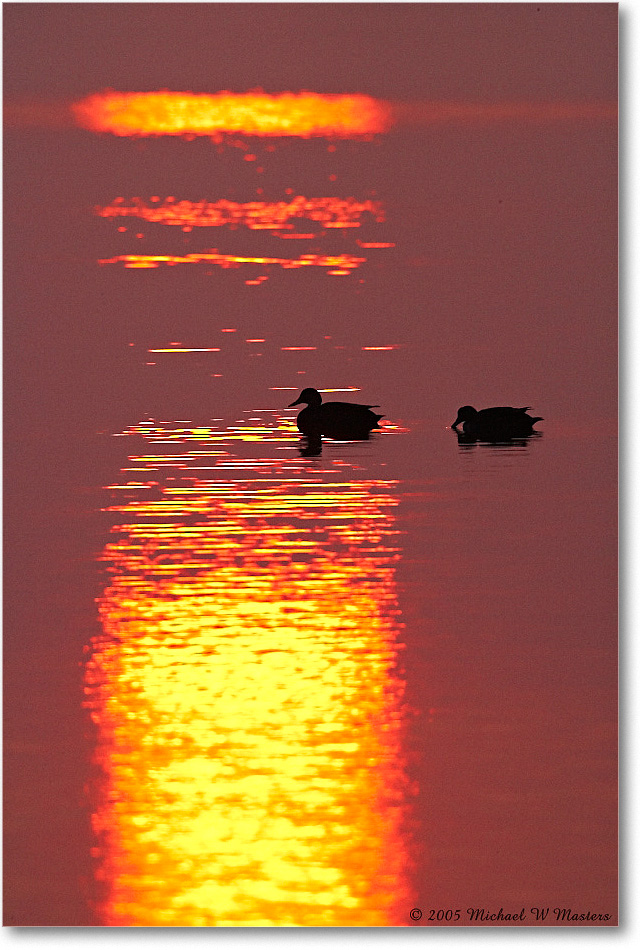 Lately, Canon's leadership in the field of imaging
sensor technology has undergone a bit of erosion.
Canon's early adoption of CMOS technology conferred an advantage that
held for nearly a decade.
However, with the advent of Nikon's Sony-manufactured Exmor
technology, featuring greater circuit density and allowing on-chip A/D conversion and noise
reduction, Canon has fallen behind in at least one metric, namely low ISO
dynamic range. This has led to
dissatisfaction among some Canon users, particularly landscape shooters, who
perceive that high DR, high-megapixel offering from Nikon and Sony
provide a capability that they would like to have from Canon.
This discontent has spilled over into Canon-specific online
forums, resulting in some rather acrimonious sparring matches as high DR proponents
voice their displeasure and doubters defend the
status quo. Lately, Canon's leadership in the field of imaging
sensor technology has undergone a bit of erosion.
Canon's early adoption of CMOS technology conferred an advantage that
held for nearly a decade.
However, with the advent of Nikon's Sony-manufactured Exmor
technology, featuring greater circuit density and allowing on-chip A/D conversion and noise
reduction, Canon has fallen behind in at least one metric, namely low ISO
dynamic range. This has led to
dissatisfaction among some Canon users, particularly landscape shooters, who
perceive that high DR, high-megapixel offering from Nikon and Sony
provide a capability that they would like to have from Canon.
This discontent has spilled over into Canon-specific online
forums, resulting in some rather acrimonious sparring matches as high DR proponents
voice their displeasure and doubters defend the
status quo.
(Jump to 1D X Mark II update at end. Our 1D X
Mark II first impressions here.)
Internet Angst
Coming from an engineering background, in a domain that was
at times inherently adversarial in nature, I learned rather quickly from experience that I could
not get away with going
to the podium with a brief that failed to recognize and deal objectively
with the tradeoffs
inherent in a contentious issue.
Of course, no such rules apply in Internet forums.
The Canon sensor DR question is a prime example. One suspects that most photographers place
sensor DR in
the context of cameras as tools, with acknowledged strengths and weaknesses.
One can either acquire the brand of camera best suited to achieve
one's goals or work within the limitations of what one has. However,
inevitably some feel compelled to lament the DR gap online -- despite the
fact that no one within earshot can do anything about it -- and a
vocal few respond to such criticism as if their camera brand was a sports team and they were its fans,
obsessively cheering it on and shouting down any opposition -- at times irrationally,
and even rudely, contrary to facts in
evidence. As a result, much of what appears on Internet tends to reside at one or the other of
the extremes. Finding balance amidst strongly held, polarized opinions is difficult, and forums are littered
with angry posts that argue past each other.
 Briefly
stated, advocates claim that there are situations where greater
DR makes possible capture of scenes with a wider than usual range of light
levels without resort to
special techniques such as selective filtration or bracketing and HDR
processing.
And, it also increases
the degree to which shadows can be raised without exposing ugly noise.
In very round numbers, today's Canon's usable sensor DR measures near 12 stops
whereas the latest Sony offerings provide 14 or more at base ISO, an advantage of two
or more stops. Plenty of objective measurements on
Internet verify this, as well as the experience of respected
photographers who have switched brands based on direct comparisons. A few
vocal
Canon users vehemently condemn Canon for not responding
competitively, and some suggest that Canon has lost
its way with regard to innovation or is simply exploiting long-time customers with
stale technology. Briefly
stated, advocates claim that there are situations where greater
DR makes possible capture of scenes with a wider than usual range of light
levels without resort to
special techniques such as selective filtration or bracketing and HDR
processing.
And, it also increases
the degree to which shadows can be raised without exposing ugly noise.
In very round numbers, today's Canon's usable sensor DR measures near 12 stops
whereas the latest Sony offerings provide 14 or more at base ISO, an advantage of two
or more stops. Plenty of objective measurements on
Internet verify this, as well as the experience of respected
photographers who have switched brands based on direct comparisons. A few
vocal
Canon users vehemently condemn Canon for not responding
competitively, and some suggest that Canon has lost
its way with regard to innovation or is simply exploiting long-time customers with
stale technology.
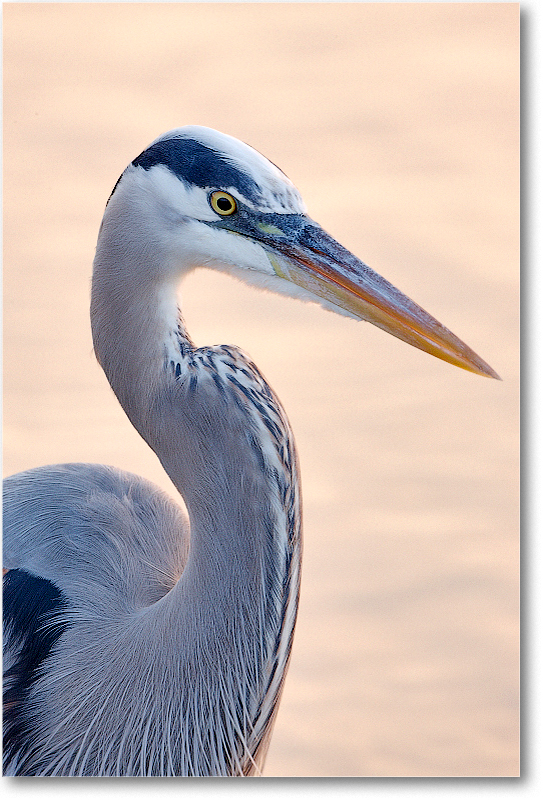 A
great many naysayers resist the anguished cries of Canon DR advocates, for a
variety of reasons, some of which are frankly, specious. A frequent
refrain is that any deficiency in results is simply due to a lack of skill
on the photographer's part -- as if basic physics could be overcome by
sufficient skill. And then, there are the photo Luddites who claim
that differences do not exist. The latter may be safely dismissed, given the evidence.
Others respond, quite accurately, that the number of situations where
increased DR is useful is relatively small. Unfortunately, some go on
to imply that,
therefore, no one should care about it. (This begs the question: what
gives one photographer license to arbitrate the needs of another?)
Then, there is the group that responds that while Exmor technology provides an advantage at
low ISOs, the latest Canon sensors still perform well at high ISO levels.
(True as far as it goes, but irrelevant to those who can make use of higher DR at low ISOs.) A
great many naysayers resist the anguished cries of Canon DR advocates, for a
variety of reasons, some of which are frankly, specious. A frequent
refrain is that any deficiency in results is simply due to a lack of skill
on the photographer's part -- as if basic physics could be overcome by
sufficient skill. And then, there are the photo Luddites who claim
that differences do not exist. The latter may be safely dismissed, given the evidence.
Others respond, quite accurately, that the number of situations where
increased DR is useful is relatively small. Unfortunately, some go on
to imply that,
therefore, no one should care about it. (This begs the question: what
gives one photographer license to arbitrate the needs of another?)
Then, there is the group that responds that while Exmor technology provides an advantage at
low ISOs, the latest Canon sensors still perform well at high ISO levels.
(True as far as it goes, but irrelevant to those who can make use of higher DR at low ISOs.)
Finally, many naysayers respond, eagerly taking on the role of unpaid
Canon sycophants, that since Canon occupies the number one camera sales spot
despite any technological lead Nikon and Sony may have, there is no need for
Canon to respond with an Exmor-like sensor. If the differences were
critical, there would have
been a mass migration away from Canon with the advent of Exmor technology. Even
granting that high DR comes into play in only a set of limited cases, this
argument ignores the large investment that many have in
Canon gear.
 Perhaps a good summary is that, to a first
approximation, and depending on the responder's objectivity, viewpoints expressed can all too often depend on
the type of photography the
responder performs. High DR does confer advantages
-- it's a simple matter of physics. But, it
only applies in certain, wide light range situations. After all, people lived for
generations with slide film, which had a tiny range compared to current
digital sensors. Everyone's requirements are different; hence people's
perceptions, value judgments and reactions can differ significantly,
especially if they are emotionally invested in the gear they own. As for the Canon market leadership argument, sales have
probably been impacted to some degree, but so far not enough to cause a change
of corporate direction, at least not in a way that can be seen at present.
However, providing Canon with excuses from the customer base to delay transition to
the latest sensor technology is hardly a sign of buyer acumen, is it? Perhaps a good summary is that, to a first
approximation, and depending on the responder's objectivity, viewpoints expressed can all too often depend on
the type of photography the
responder performs. High DR does confer advantages
-- it's a simple matter of physics. But, it
only applies in certain, wide light range situations. After all, people lived for
generations with slide film, which had a tiny range compared to current
digital sensors. Everyone's requirements are different; hence people's
perceptions, value judgments and reactions can differ significantly,
especially if they are emotionally invested in the gear they own. As for the Canon market leadership argument, sales have
probably been impacted to some degree, but so far not enough to cause a change
of corporate direction, at least not in a way that can be seen at present.
However, providing Canon with excuses from the customer base to delay transition to
the latest sensor technology is hardly a sign of buyer acumen, is it?
Cameras as Systems
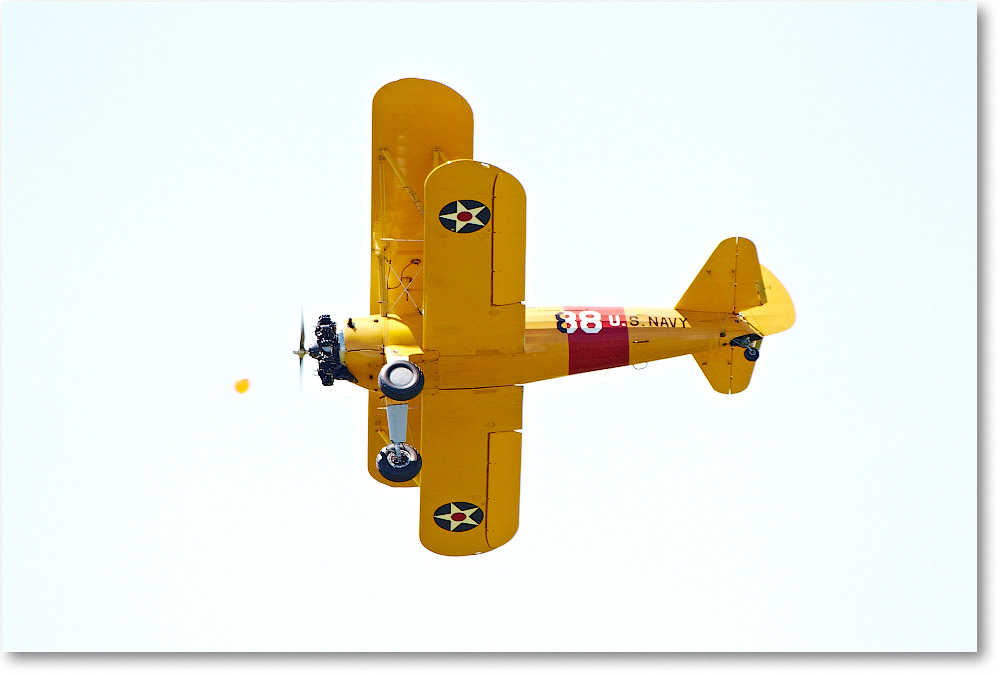 For my part, I've never seen the logic in turning
down additional gear capability, features that would help me capture images in
a wider variety of circumstances. (Note
that no gear on earth will make me, or anyone else, a better photographer in
the artistic sense.) Nor would I
ever presume to tell anyone else what their gear or photographic
requirements are. That's their
business. Conversely, if someone
tries to tell me what my needs are, well, we've just parted company.
And if anyone starts tossing around know-it-all generalizations about
the photographic community as a whole, they better quote a credible survey
or panel of experts of some repute as evidence, else they're blowing
you-know-what out of you-know-where. For my part, I've never seen the logic in turning
down additional gear capability, features that would help me capture images in
a wider variety of circumstances. (Note
that no gear on earth will make me, or anyone else, a better photographer in
the artistic sense.) Nor would I
ever presume to tell anyone else what their gear or photographic
requirements are. That's their
business. Conversely, if someone
tries to tell me what my needs are, well, we've just parted company.
And if anyone starts tossing around know-it-all generalizations about
the photographic community as a whole, they better quote a credible survey
or panel of experts of some repute as evidence, else they're blowing
you-know-what out of you-know-where.
To be more specific RE Canon sensors and the dynamic
range question. First, it seems
certain that at low ISOs Canon is lagging behind.
To deny this is simply a sign of self-absorbed obduracy.
So, what then? Why not
abandon Canon and go with one of the alternatives?
Well, for a couple of reasons -- at least.
First, for most users invested in Canon -- or any brand -- a camera
is much, much more than a sensor. It is, in fact, a system, and not only a
system but often a quite expensive investment, likely composed
of
multiple bodies, lenses, flashes and accessories.
There is a cost, in funds and learning time to change systems or
to add another system.
%20Cincy2012)_D4B6981%20copy.jpg) Second, no system is better than all others with
respect to all metrics. Each has
advantages and drawbacks compared to others.
Because of this, choosing a system is a balancing act, a matter of
tradeoffs, and that is a very personal equation involving one's own
anticipated uses, working approach and financial situation.
Back in 1999, when I decided to get serious about bird photography,
and as a consequence to sell out my modest investment in Minolta, I made a detailed analysis of Nikon vs. Canon
as I thought each brand might best serve my anticipated needs.
I looked at bodies, lenses and accessories; and I weighted how
important each was compared to my personal use profile.
The result was that I chose Canon, a significant factor being their image
stabilized long glass, although the 100-400 zoom was a factor, as were the
then three TS-E lenses. Since then,
I've added professional tennis as another significant interest.
Had my interests been different, I might have chosen differently. Second, no system is better than all others with
respect to all metrics. Each has
advantages and drawbacks compared to others.
Because of this, choosing a system is a balancing act, a matter of
tradeoffs, and that is a very personal equation involving one's own
anticipated uses, working approach and financial situation.
Back in 1999, when I decided to get serious about bird photography,
and as a consequence to sell out my modest investment in Minolta, I made a detailed analysis of Nikon vs. Canon
as I thought each brand might best serve my anticipated needs.
I looked at bodies, lenses and accessories; and I weighted how
important each was compared to my personal use profile.
The result was that I chose Canon, a significant factor being their image
stabilized long glass, although the 100-400 zoom was a factor, as were the
then three TS-E lenses. Since then,
I've added professional tennis as another significant interest.
Had my interests been different, I might have chosen differently.
As it happens, I still
have the same interests today, and if I were starting over again I
would choose Canon once more.
The 1DX and Canon's latest generation super-telephotos are simply
outstanding for both bird photography and fast-paced sports action.
With this focus, I'm usually far more interested in relatively low noise and
decent DR at high ISOs than I am in higher DR at low ISOs, and the 1DX
happens to be quite good in that regard.
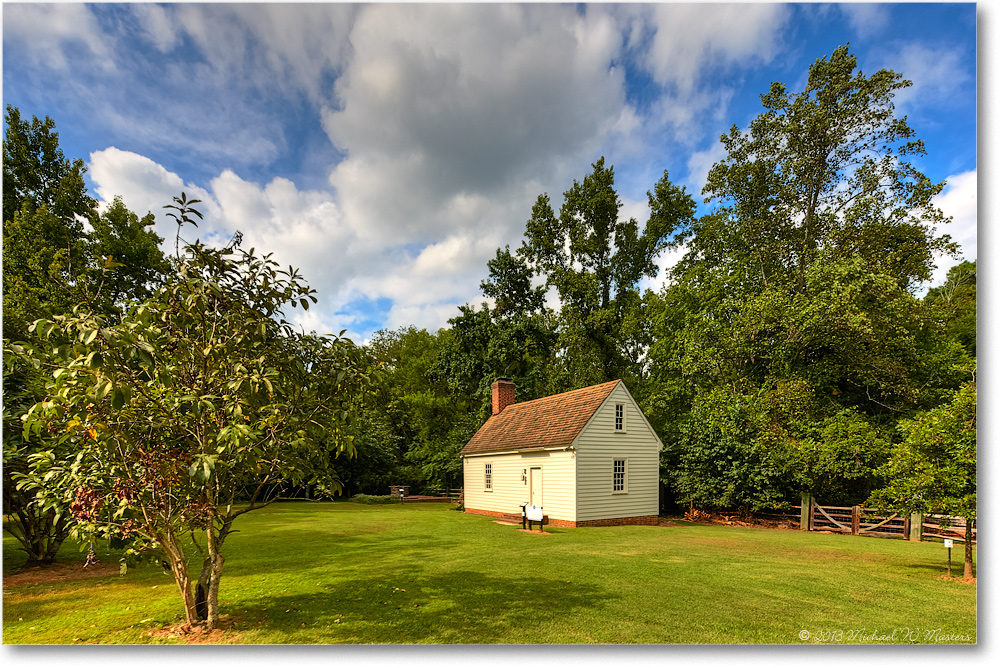 However, I do photograph other subjects, and on those occasions, far fewer in number, when I do travel or
landscape photography, and when the lighting range of the scene exceeds the
DR of my Canon gear, I occasionally find myself resorting to bracketing and
post processing with HDR software.
The limitations of this approach are obvious, and for this reason I'd prefer a sensor with greater DR.
Unlike some, I have no problem acknowledging the weaknesses of the
system I've chosen, and I can certainly wish those limits were removed
without feeling defensive about my choice of gear. Until then I'll
continue to use that system to the best of my ability -- because the
strengths of the system best meet
most (not all) of my overall
requirements, compared to the alternatives.
Naturally, in an ideal
world, I'd like it all! But assessing tradeoffs is necessary in
dealing with what the marketplace has to offer. However, I do photograph other subjects, and on those occasions, far fewer in number, when I do travel or
landscape photography, and when the lighting range of the scene exceeds the
DR of my Canon gear, I occasionally find myself resorting to bracketing and
post processing with HDR software.
The limitations of this approach are obvious, and for this reason I'd prefer a sensor with greater DR.
Unlike some, I have no problem acknowledging the weaknesses of the
system I've chosen, and I can certainly wish those limits were removed
without feeling defensive about my choice of gear. Until then I'll
continue to use that system to the best of my ability -- because the
strengths of the system best meet
most (not all) of my overall
requirements, compared to the alternatives.
Naturally, in an ideal
world, I'd like it all! But assessing tradeoffs is necessary in
dealing with what the marketplace has to offer.
If my
interests were different, my gear preferences might be different, and I
realize that others have different requirements, needs that are best served
by other gear or other brands. If
my current (few) needs that are less well met with present gear formed a
greater percentage of my overall work, I would simply purchase gear
of a different brand as a supplement to what I already have.
(Fortunately, I can afford to do so.)
I neither condemn Canon for failing to steer their ship in the
direction that I personally want, nor defend them sycophantically and
irrationally, assuming that since the deficiency does not bother me it
should not bother anyone else.
What Next for Canon?
 This brings us to Canon's current
product lineup and possible future innovation. When Canon first
adopted the EOS system, they innovated at a ferocious pace, and as a result
they achieved a (I think, well-earned) position of sales leadership within
their field. At some point
thereafter, in my opinion Canon became a bit more conservative.
This happens to many successful companies, and there's no need to
second guess the reasons why.
But during this span, Nikon, which had played second fiddle for some time,
began its own run of innovation, thereby regaining some lost ground in terms
of technical features and capabilities relative to Canon.
Sales followed, at least in the prestigious high end market, and soon big black lenses returned in greater numbers to
sporting events and birding and wildlife hot spots.
Exmor technology continues that trend. This brings us to Canon's current
product lineup and possible future innovation. When Canon first
adopted the EOS system, they innovated at a ferocious pace, and as a result
they achieved a (I think, well-earned) position of sales leadership within
their field. At some point
thereafter, in my opinion Canon became a bit more conservative.
This happens to many successful companies, and there's no need to
second guess the reasons why.
But during this span, Nikon, which had played second fiddle for some time,
began its own run of innovation, thereby regaining some lost ground in terms
of technical features and capabilities relative to Canon.
Sales followed, at least in the prestigious high end market, and soon big black lenses returned in greater numbers to
sporting events and birding and wildlife hot spots.
Exmor technology continues that trend.
 Further, for a long while some accused Canon of crippling
camera body releases in order to protect sales of higher end models.
Nikon, meanwhile, often pushed "pro" features further down in their
product line, presumably pleasing a broader slice of buyers on the "dark" side.
And Nikon, in the view of many, exhibited superior
AF tracking in the all-important flagship models.
But, with the release of the 1DX and the suprisingly well equipped 5DIII, Canon seems to have
hit a sweet spot in terms of features and image quality that appeals to buyers,
not counting low ISO DR. In
particular, AF tracking is no longer a thorn in Canon's side on these
models. The 6D and the innovative 70D followed, and the 7D MkII
continues that trend, incorporating high end features such as a 65-point all
cross-type AF system that includes center point AF with f8 lenses, 10 fps
continuous shooting, and a 150K-pixel RBG+IR exposure metering system with
scene detection. Except for sensor DR, Canon appears to have cast
aside the slow approach. Further, for a long while some accused Canon of crippling
camera body releases in order to protect sales of higher end models.
Nikon, meanwhile, often pushed "pro" features further down in their
product line, presumably pleasing a broader slice of buyers on the "dark" side.
And Nikon, in the view of many, exhibited superior
AF tracking in the all-important flagship models.
But, with the release of the 1DX and the suprisingly well equipped 5DIII, Canon seems to have
hit a sweet spot in terms of features and image quality that appeals to buyers,
not counting low ISO DR. In
particular, AF tracking is no longer a thorn in Canon's side on these
models. The 6D and the innovative 70D followed, and the 7D MkII
continues that trend, incorporating high end features such as a 65-point all
cross-type AF system that includes center point AF with f8 lenses, 10 fps
continuous shooting, and a 150K-pixel RBG+IR exposure metering system with
scene detection. Except for sensor DR, Canon appears to have cast
aside the slow approach.
One could contend that on the lens front Canon has
been in the lead ever since they adopted the EOS mount and image
stabilization technology -- except perhaps at the wide end -- leadership that
has helped maintain Canon's position at the top of the sales charts.
Even with the wides their TS-E lenses are outstanding; and recent
wide releases have been much improved.
In fact, one could suggest that heavy owner investment in Canon lenses
dating from the time when Canon was superior in many areas of camera
technology, along with continued Canon optics excellence, helps keep Canon
owners locked in. A
September 2014 C/NET article dealing with the future of the Canon
telephoto line suggests as much, quoting an industry analyst thus, "I think
we're starting to shift away from camera body vs. camera body to optics vs.
optics." The advent of
new generation AF solutions in the 1DX and 5DIII, and now the 7DII, hasn't hurt either.
At any rate, regardless of any perceptions regarding the pace of
innovation, sales leadership has
remained a constant throughout.
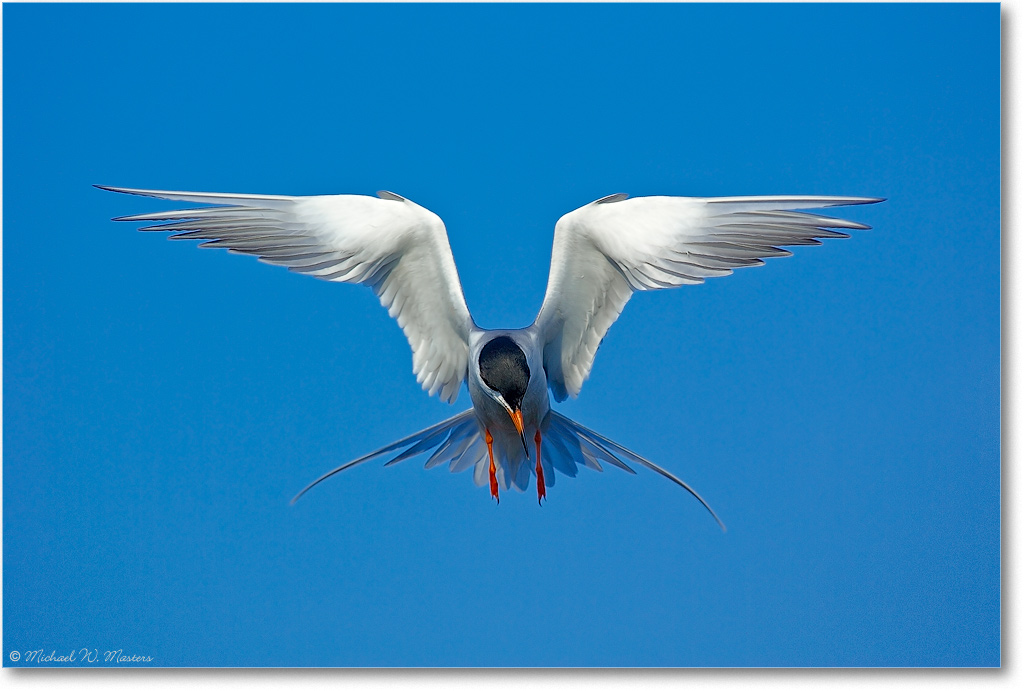 Finally, then, there is
the matter of Canon's position in sensors vis-a-vis Sony and Nikon.
Canon adopted CMOS technology early on, and in doing so gained an
initial advantage over its rivals.
However, Canon has continued to polish the same apple endlessly while
others have chosen to innovate rather than refine, and as a result Canon
finds itself in a trailing position. The reasons have
been discussed endlessly and need not be examined here.
To catch up, Canon needs to, at a minimum, shrink their on-chip
circuitry and place A/D conversion on-chip.
Why they haven't already done so is not something I care to speculate
on, or, for that matter, am qualified to do so. Finally, then, there is
the matter of Canon's position in sensors vis-a-vis Sony and Nikon.
Canon adopted CMOS technology early on, and in doing so gained an
initial advantage over its rivals.
However, Canon has continued to polish the same apple endlessly while
others have chosen to innovate rather than refine, and as a result Canon
finds itself in a trailing position. The reasons have
been discussed endlessly and need not be examined here.
To catch up, Canon needs to, at a minimum, shrink their on-chip
circuitry and place A/D conversion on-chip.
Why they haven't already done so is not something I care to speculate
on, or, for that matter, am qualified to do so.
Open-ended questions
include, when, if ever, will Canon do this? And, how much will their failure
to do so
in the interim harm them in the market place?
Although there are voices of reason,
Internet dialog, which is worth exactly the electrons it
is propagated
on, is filled with extremes regarding these questions.
At one end, there are those who say that there is no need for Canon
to change because Canon cameras take great pictures despite the DR gap, which doesn't
actually exist; and on top of that Canon is
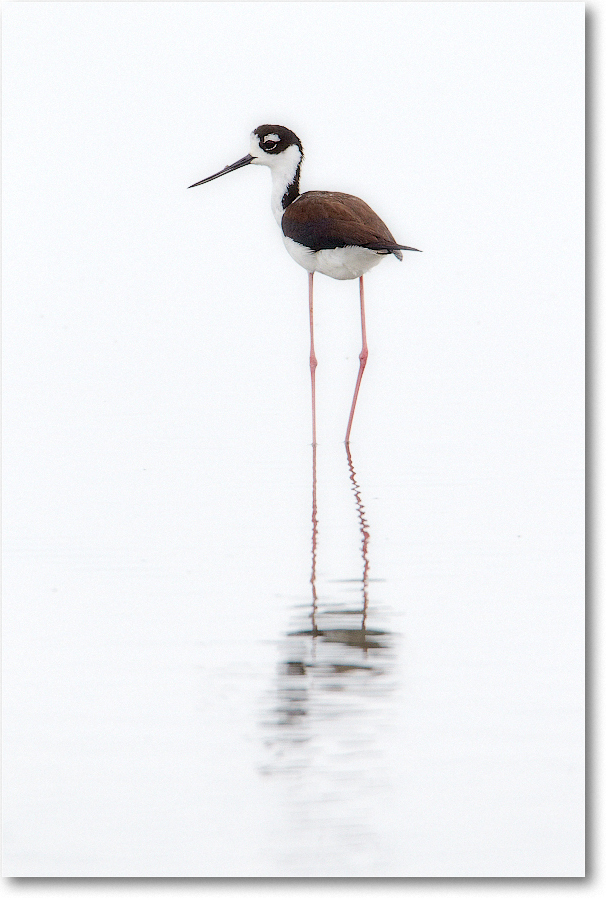 the
world's leading
camera seller even with the
DR gap, which doesn't exist anyway. So
shut up and go take pictures. the
world's leading
camera seller even with the
DR gap, which doesn't exist anyway. So
shut up and go take pictures.
At the other extreme,
gloom looms like a baleful
black shroud over DR enthusiasts, because, they contend,
Canon is shamelessly
exploiting its customers by continuing to foist technology on consumers that
is no longer state of the practice. Failure to close the DR gap is a
sure sign that Canon is about to follow Kodak into corporate photography
oblivion. Their position is grounded in fact, but the
equating of sensor merit exclusively to high DR ignores other aspects
of sensor performance.
As usual, the truth must be elsewhere.
Innovation in sensor technology has not yet leveled out, and one suspects that Canon will eventually be forced to field a solution that maintains parity
with its competitors, just as it did in the area of flagship autofocus
tracking. There are no guarantees, and it may not happen until loss of sales to
competitors becomes noticeable to corporate bean counters and/or feedback
from professionals and respected experts reaches a threshold level that is,
at present, opaque to outsiders -- a process that is iceberg-melting slow
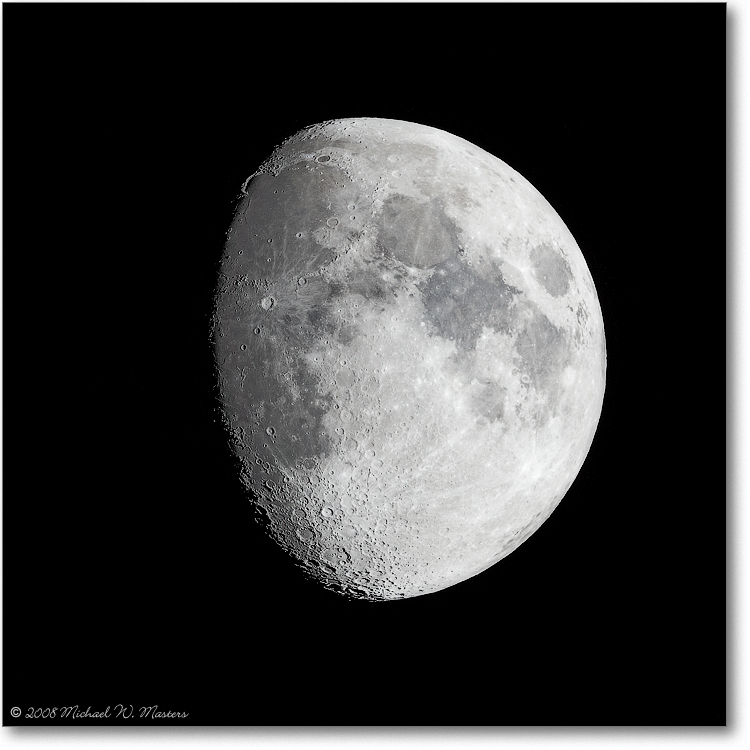 compared to
Internet forum dialogs. Or it may be
that the process is paced entirely by the economics of transitioning from
one fabrication technology to another. The viability of patents --
Canon's own and the relationship of theirs to those of competitors -- may be
a controlling factor. compared to
Internet forum dialogs. Or it may be
that the process is paced entirely by the economics of transitioning from
one fabrication technology to another. The viability of patents --
Canon's own and the relationship of theirs to those of competitors -- may be
a controlling factor.
Until a solution appears, Canon users who require higher DR solutions at low ISOs will
have to either bracket and use HDR software or go with a dual
brand solution -- or just change brands. Not fun, but the reality one
must deal with -- the sad reality of large corporations that achieve
leadership through innovation and then all too often exploit their lead by
sitting on it. Gripping
about it on Internet forums, or belittling those who do, certainly won't
solve anything!
Update: May 2016 -- Canon delivered
the the latest iteration of its flagship pro camera, the 1D X Mark II, and it
is reported that the camera's 20.2MP sensor
incorporates A/D conversion on chip, thus finally addressing one of the
technical gateways to increased low ISO dynamic range and better overall
shadow noise performance. Early reports are that while low ISO DR is
improved Canon has not quite caught up with the best of its competitors.
At the other end of the scale, high ISO noise seems not at all improved over
that delivered by the 1D X. Shadow banding seems finally to have
disappeared, but clearly more work remains to be done. However, Canon
has finally taken a critical step forward on the path to modern sensor
development.
©
2014 Michael W. Masters
Return to top
|


